| Your browser is not supported. | ||
|
Please browse our site using any of the following options:
| ||
Catch bream: anywhere, anytime
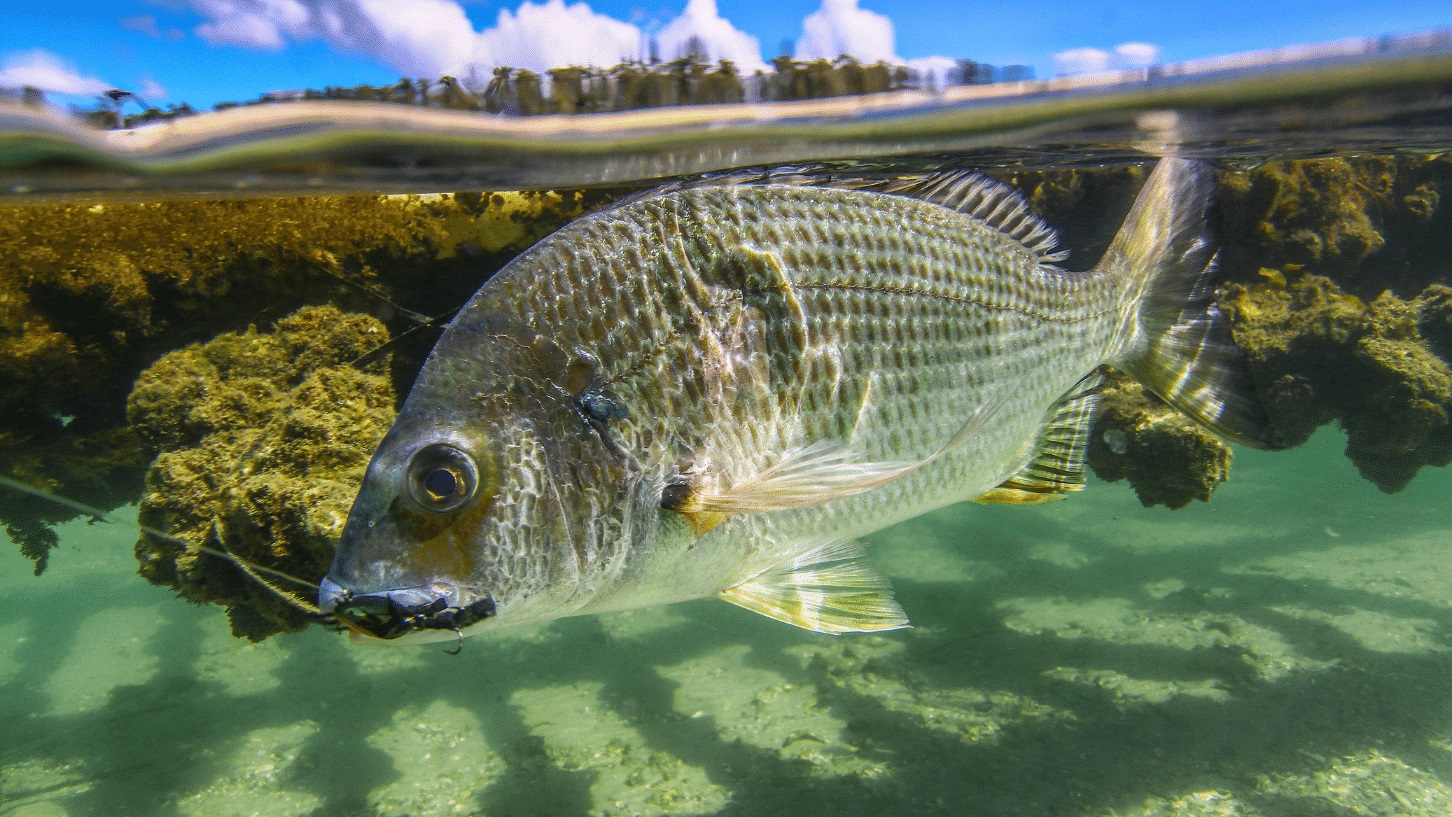
It would be safe to describe bream - any of the numerous species, as aquatic nomads. Dave Seaman explores this species further and shares some valuable tips on how to land them.
The distribution range of bream circumnavigates the Australian mainland and Tasmania, while their presence permeates even the freshwater reaches of coastal flowing rivers. They have adapted to vast conditions and environments and, at any given season, will exist in each of them.
It wasn't that long ago that bream were regarded as scavengers of the low light periods that were susceptible to the slightest bump or noise generated by the clumsy bait angler. The advent of tournament bream fishing developed a groundswell of anglers, all vying to dispel the commonly held myths attached to this ubiquitous species. Only the bravest of people would have thought an industry would have risen and consumed the humble bream.
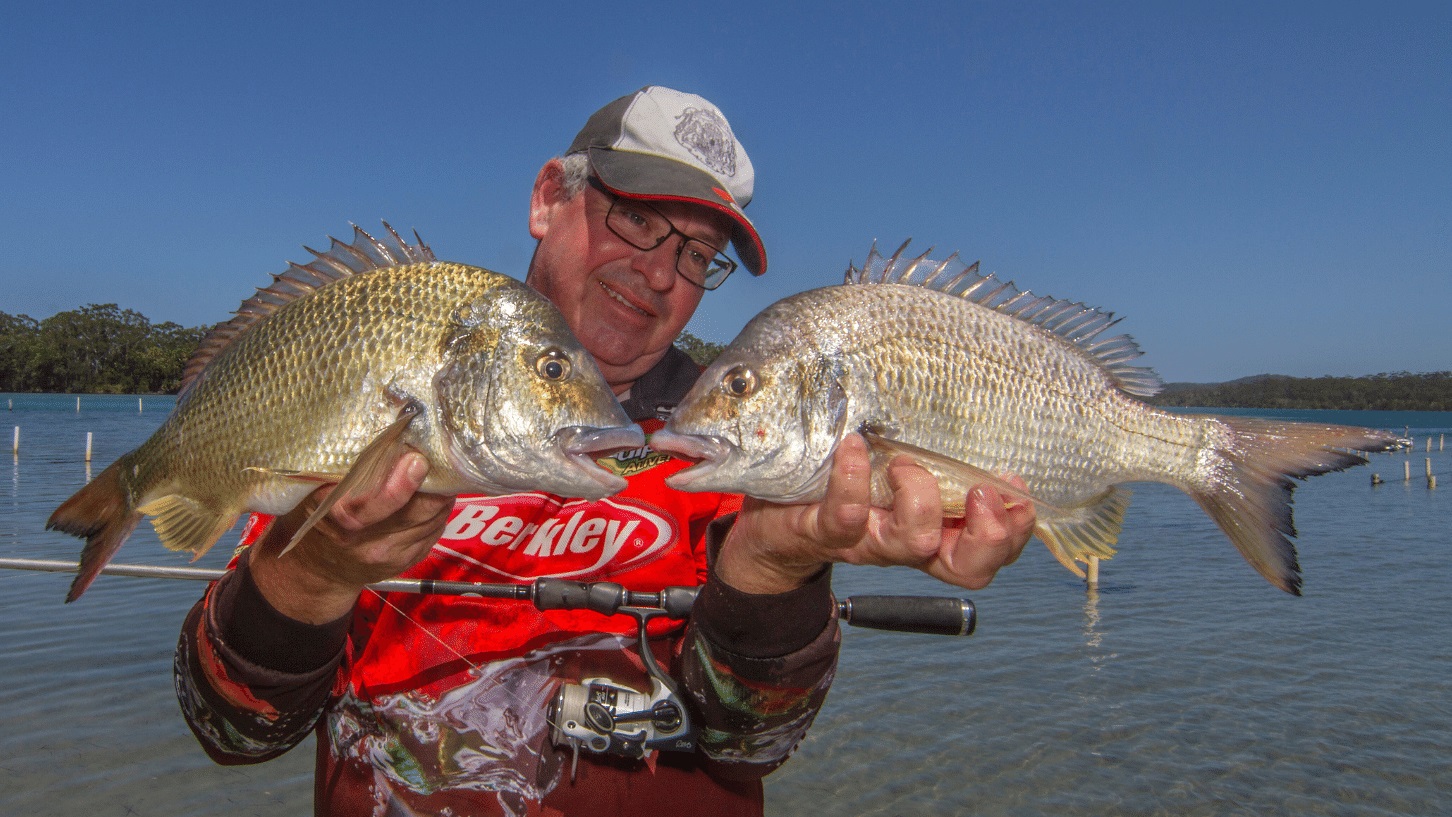
Targeting bream
Targeting bream as a tournament specie was a clever move because of the fish's year-round availability.
More active in the estuarine environment during summer, there are always enough fish left throughout the winter, during their coastal spawning run, to make it a challenging fishery. The seasonal movement of bream, back and forth in the estuary, is controlled by coastal water temperatures, localised floods and the mullet run.
During autumn most of the bream gather to run to the coastal fringe, where they graze and spawn before returning to the estuary from September to December, depending on prevailing weather and water conditions.
From spring to the summer months, the bream permeate every liveable body of water that trickles to the coast, and have been found in fresh water 10km from even brackish water. Why? Who can say? The warm water and explosion of shrimp, prawn and fodder fish-life provides a great opportunity for the bream to feed and build condition before the next transmission of the seasonal cycle. It is also the best time for anglers to set their sights on a variety of angling techniques.
Perhaps the most attractive form of fishing for bream, in the summer, is using surface lures early in the morning. The fishing action isn't dominated greatly by tidal movement, but more the low light and the fish elevated in the water column.
Structure can be from worm-perforated snags in the upper rivers to the floating and stick racks of the oyster leases scattered around the mouths of estuaries.
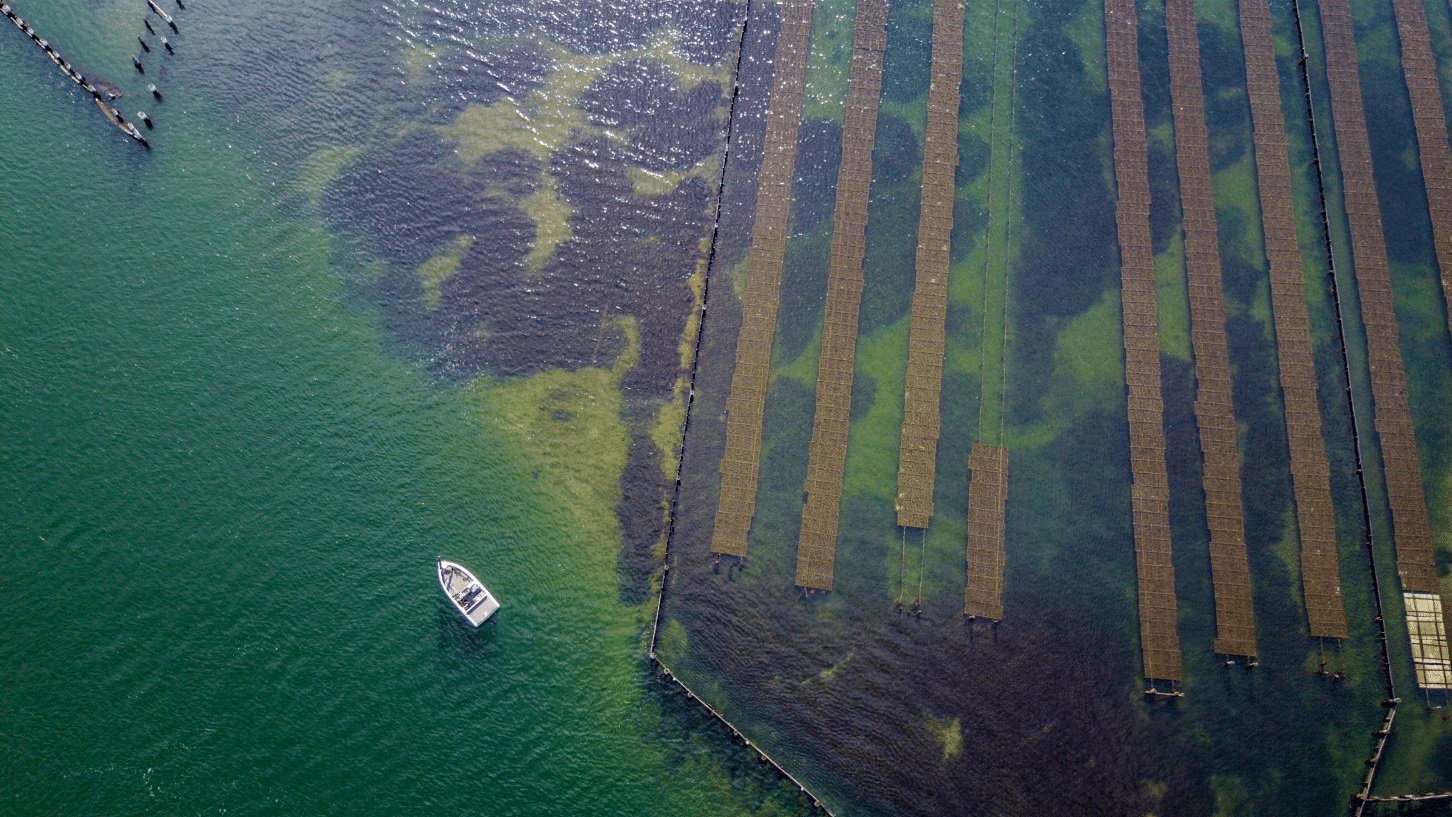
Fishing for bream around snags
For snag fishing along the banks of a tributary, at the height of summer with cicadas piercing your ear drums with their noise, there is no greater weapon than a cicada imitation. They can be shaken on the surface and will be consumed in a boil of surface water before you know it.
Other surface lures that work well in the river situations include Bassday Sugar Pens, Berkley Pro-Tech Pops, and Berkley Pro-Tech Slurps. Bent minnows and variety other surface lures will work too, so the selection of lures and colours is mind blowing.
Lower estuary bream fishing
In the lower estuary, around all the man-made structures like bridges and oyster leases, the bream have been provided with permanent habitat that contributes to their food, protection and areas where anglers can target them.
The boundaries of the leases, whether fixed or floating, provide anglers with a target area to drop a weighted soft plastic that is allowed to drift and sink in the current and be intercepted by the resident bream.
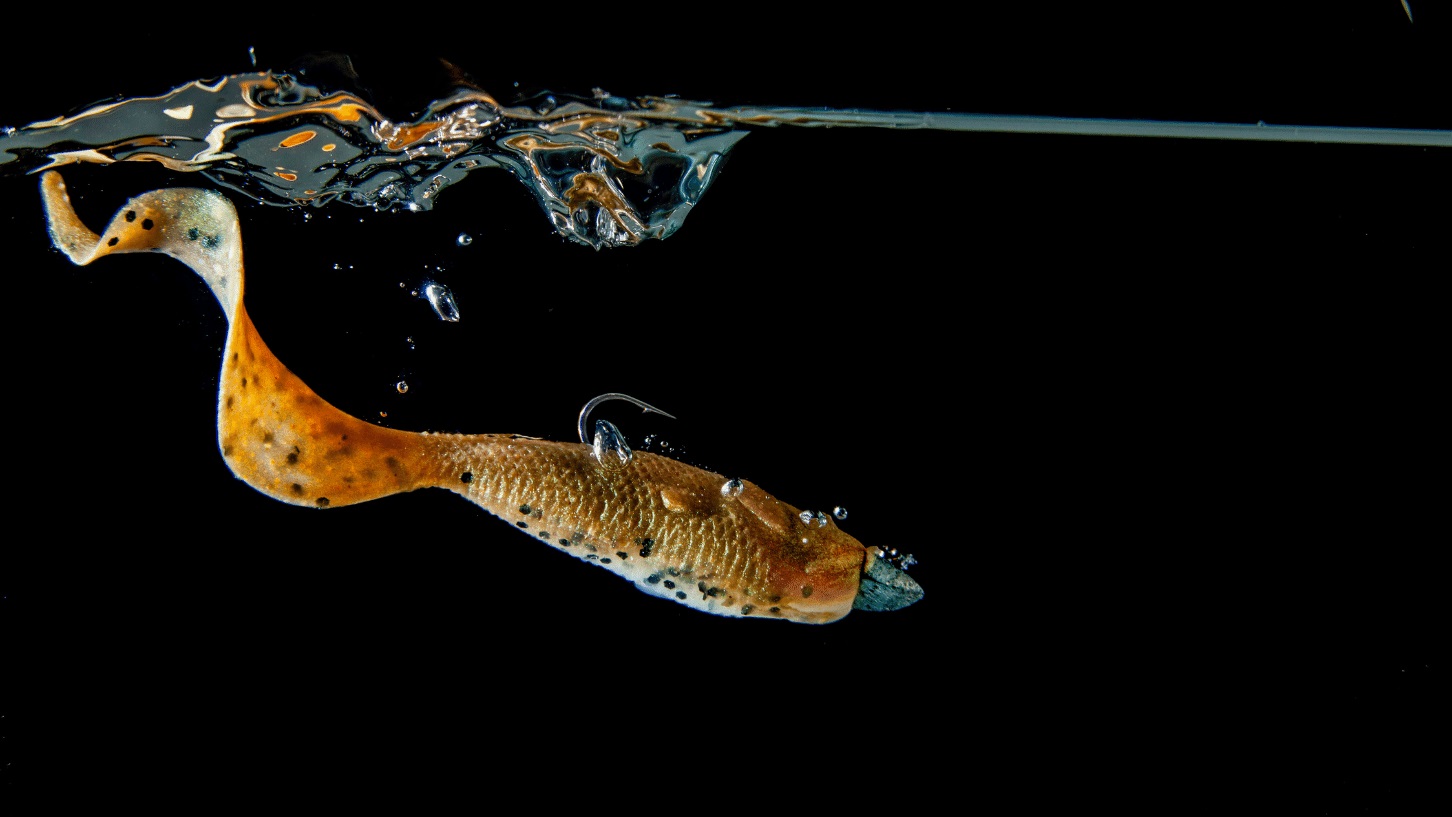
In clear water there is a delicate balance of leader strength and attracting the bite. Leaders need to be sufficient to provide a chance of pulling the fish away from the sharp structure and thin enough not to alert the fish. I find 6lb fluorocarbon to be a good starting point, and if the fish are shy, drop down to 4lb. If the fish are fighting over your lure, up the leader strength to 10lb just in case a kilo-plus model pushes its way to the front of the line.
Lure fishing for bream
Throwing lures around structure for bream has seen the innovation and development of lures specifically for the species. The most notable is the Cranka Crab that has won more tournaments and presented more anglers with their personal best bream than, I'd say, any other lure currently on the market. They are that good.
They are an anatomical reflection of real crabs and with tantalising, floating claws, are irresistible to bream and flathead, as it turned out. It harks back to the saying, 'match the hatch', and these lures do just that.
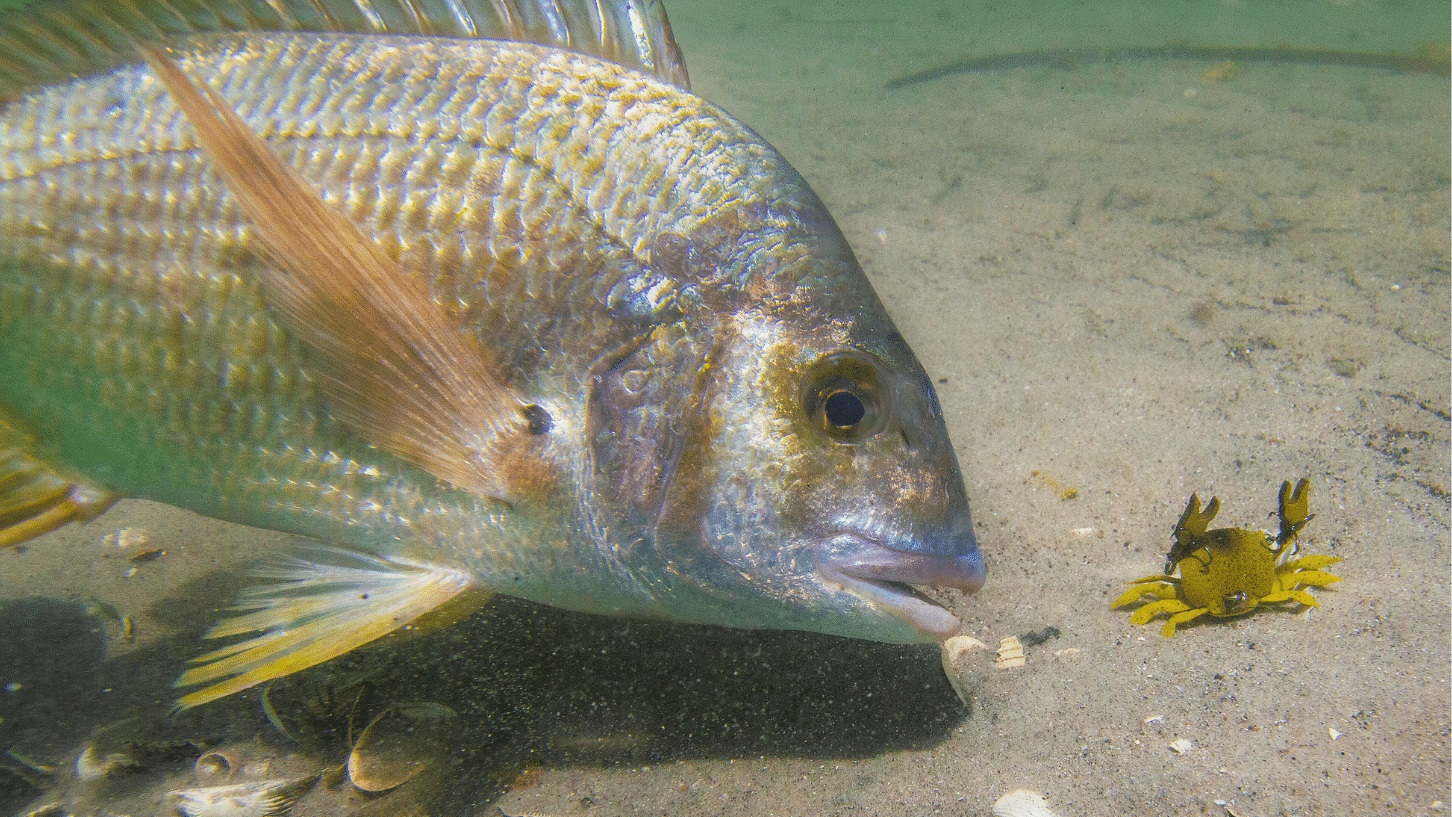
The cunje and oyster-encrusted pylons and bridge supports are ideally fished with a dribble of tidal movement while the fish are still bound to the structure by the current. A plastic or crab imitation drifted close to the bridge and undercuts has the greatest chance of being seized upon.
With structure close to the entrance of an estuary, there is a fair chance of large fish-holding station as they transit back into the lake or river on their return from the coastal fringe. As the tide slackens and turns, the fish roam further from the safety of the pylons and can be picked up with small metal vibes fished in between the bridge spans.
Whether it is targeting the bream on the surface or running hard body lures along the edges of oyster lease trays, the summer months provide ample options and chances of success. There are countless lures designed and marketed directly for bream anglers.
After a bit of research, I have no doubt you'll be provided with enough intel' to nail a few silver slabs from anywhere you choose to fish.
To learn more about fishing for bream using finesse techniques, check out Finesse Fishing for Bream.
Find your local Anaconda store and check out our extensive range of fishing gear for your next bream session.